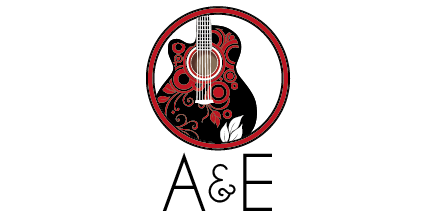The marine biology class from West Ashley High School has enlivened their after school routine. Instead of going home to relax on the couch or take a post-learning nap, these students are spending two additional hours at the end of their school day helping elementary-aged children learn about the environment.
Kaleidoscope is the afterschool care program for elementary school children in the Charleston County School District, responsible for nearly 3,000 children every day. Counselors and teachers provide kids with all kinds of educational fun, ranging from field trips to arts and crafts, to entertain kids after the final bell rings until parents come to pick up their student.
But for a young kid, it’s a lot cooler when a teenager comes around.
The WAHS students noticed an opportunity to help instruct the younger generation through Kaleidoscope, and they were ready and willing to get involved. Through a partnership that launched last week, the select group of Margaret Spigner’s WAHS science students travels to area elementary schools and teaches the kindergartners through fifth graders about rainwater run-off and the local watershed. “We love doing outreach,” says Spigner. “And my students have done so much in preparation for this. It’s something they enjoy doing, and are really excited about.”
From 3:30 – 5 p.m., the high school students are responsible for separate “stations” explaining basic scientific and environmental principals ranging from groundwater to storm drainage. The younger students are divided up into groups based on age, receive a colored necklace as identification, and rotate to the different stations. The WAHS students cater the curriculum to the specific age groups, teaching more in-depth principals to the older kids, and easier concepts for the youngsters. The goal of the collaboration is to demonstrate how storm water runoff leads to pollution in local lakes, estuaries, and rivers. Hopefully, the lessons will be remembered long after 5 p.m. and this group of young scholars will make a positive impact on our coastal ecosystem.
The local community jumped on board to help the partnership happen. Lowcountry STEM Collaborative donated a groundwater flow model, and the Clemson Cooperative Extension donated decals that can be attached to storm drains, encouraging the population to prevent pollution. If that wasn’t enough, Spigner’s class received a work-based learning grant on behalf of the school district to purchase supplies necessary to enhance and illustrate their curriculum. “We’re hoping to help connect these young kids with their environment. We want them to see that everything is interconnected,” Spigner says.
The partnership began at Stono Park on March 8. On March 14, the marine biology students traveled to Springfield, and on the next day, Drayton Hall. In the next two weeks, they will make stops at Oakland, St. Andrews, and Ashley River. “The kids have really seemed to enjoy it…the elementary ones and the high school kids. It’s a great thing to do to get everyone involved and help make a difference,” says Karl Gueldner, community education director at West Ashley High.
And perhaps what is most exciting for these young scientists… they get to wear goggles, rubber gloves, and orange vests.
“Aren’t these students great?” Spigner says, looking onto the cafeteria full of working students and young minds. “They really have been doing such a great job with this. I’m so proud of them.”
(843) 766-WEST (9378)
publisher@westof.net












